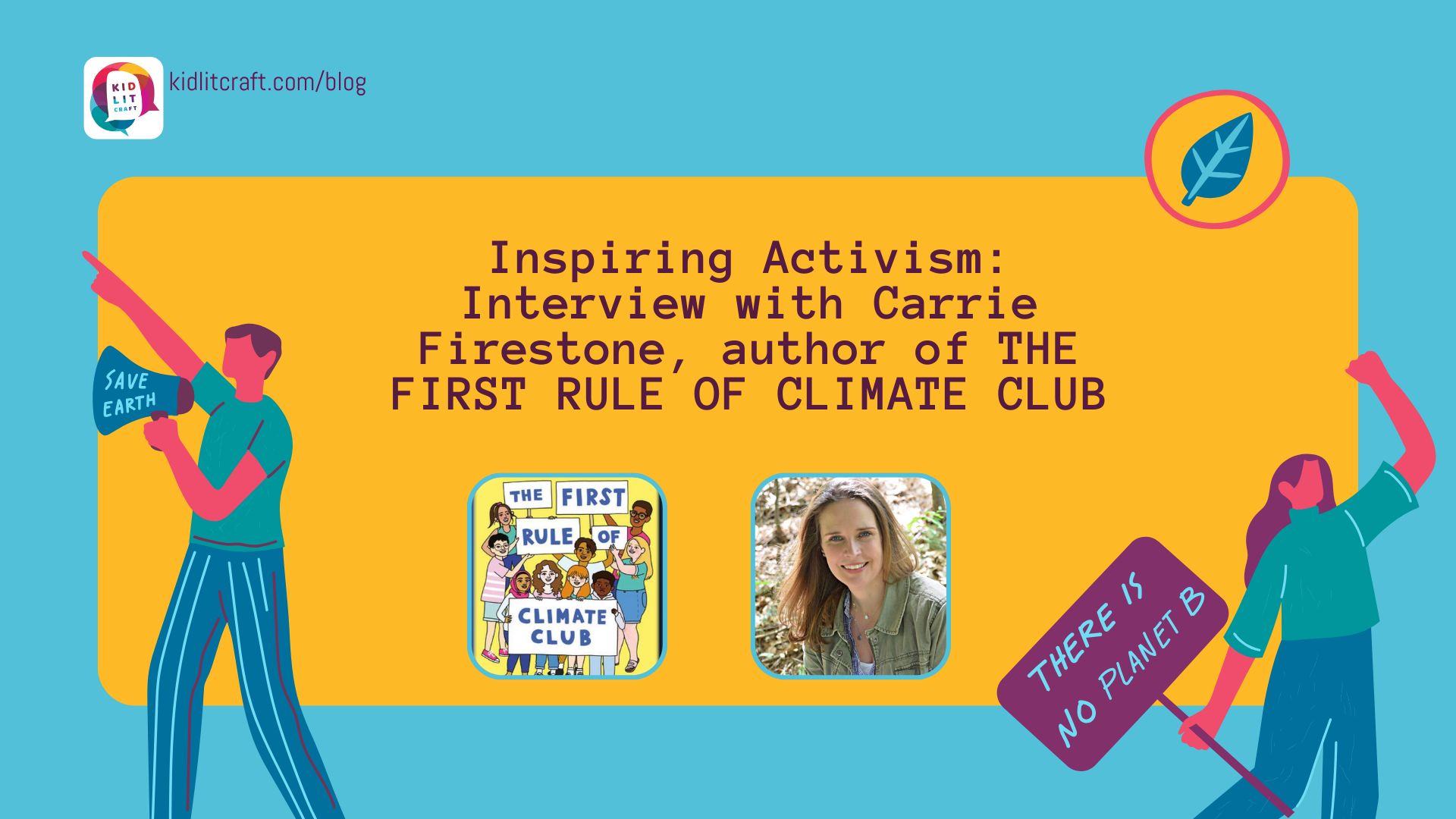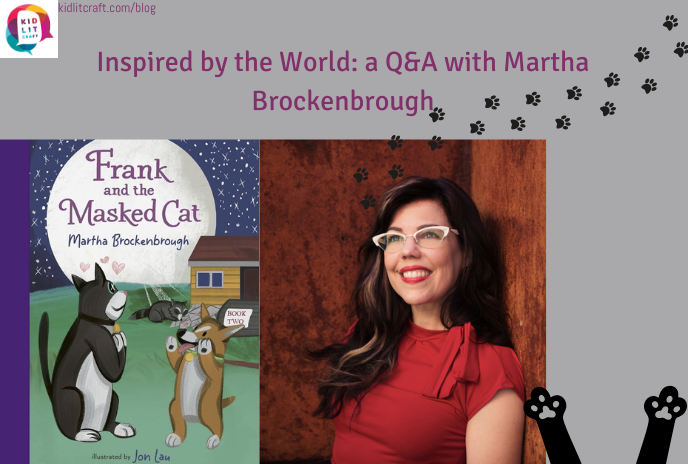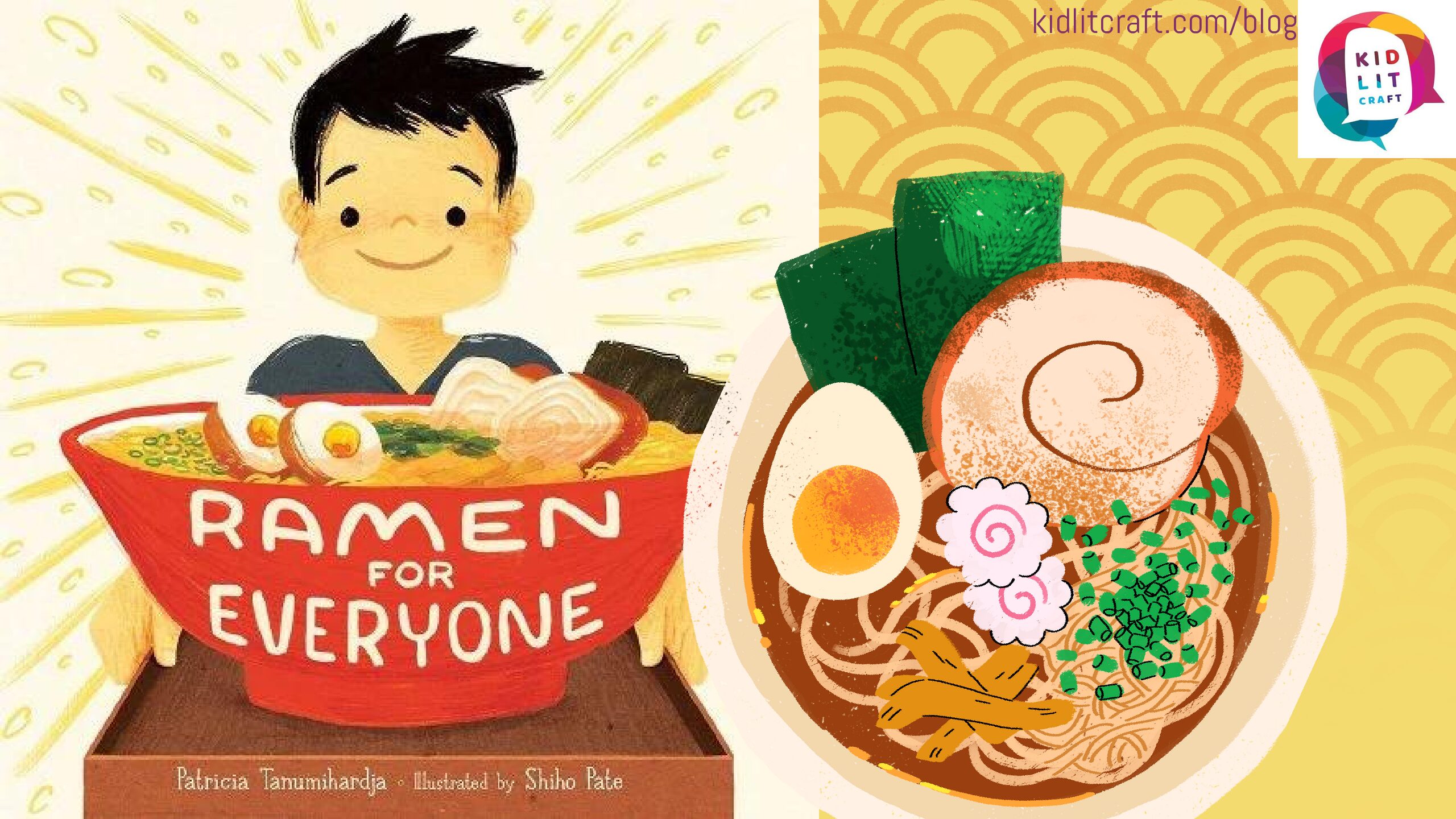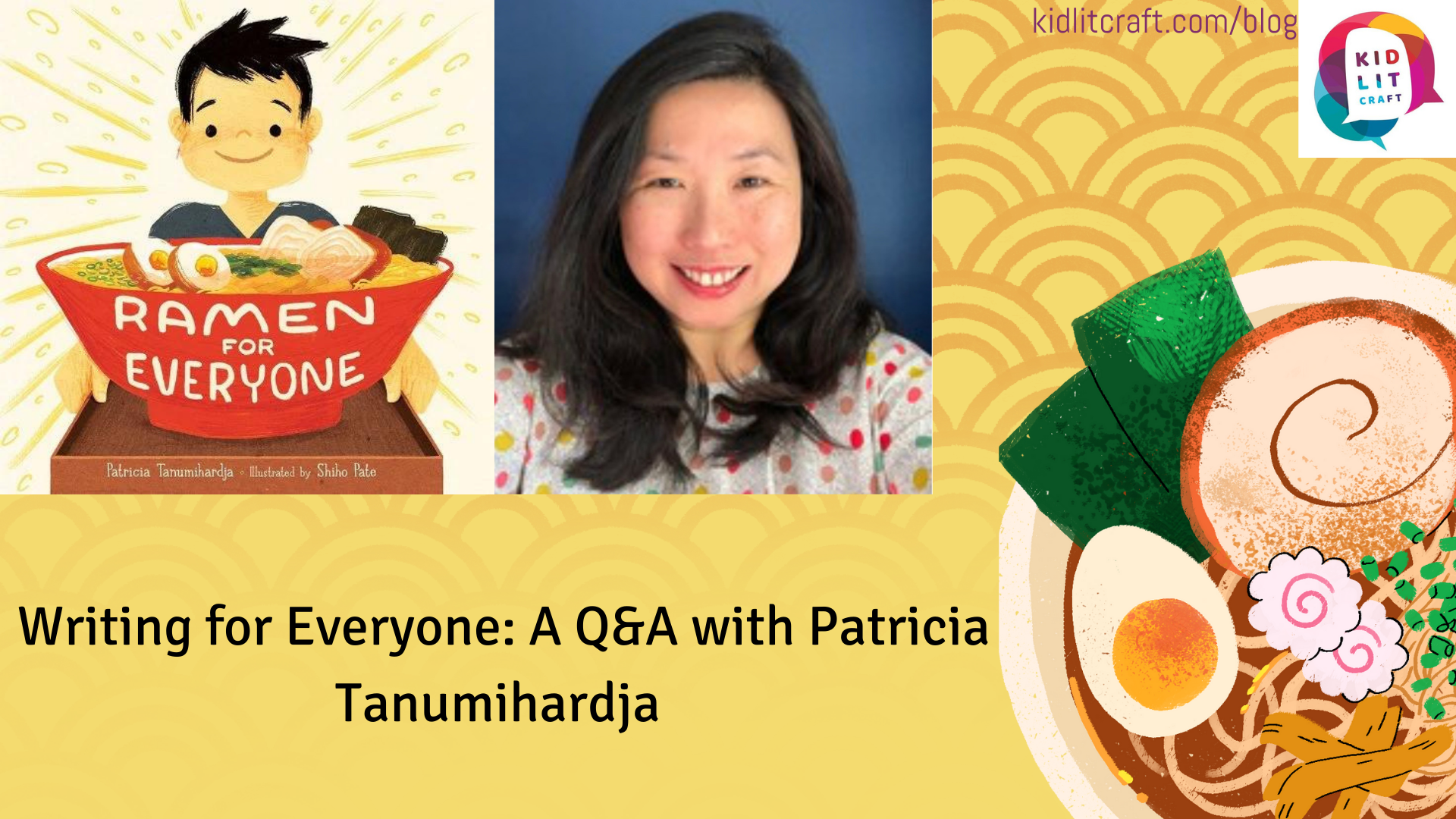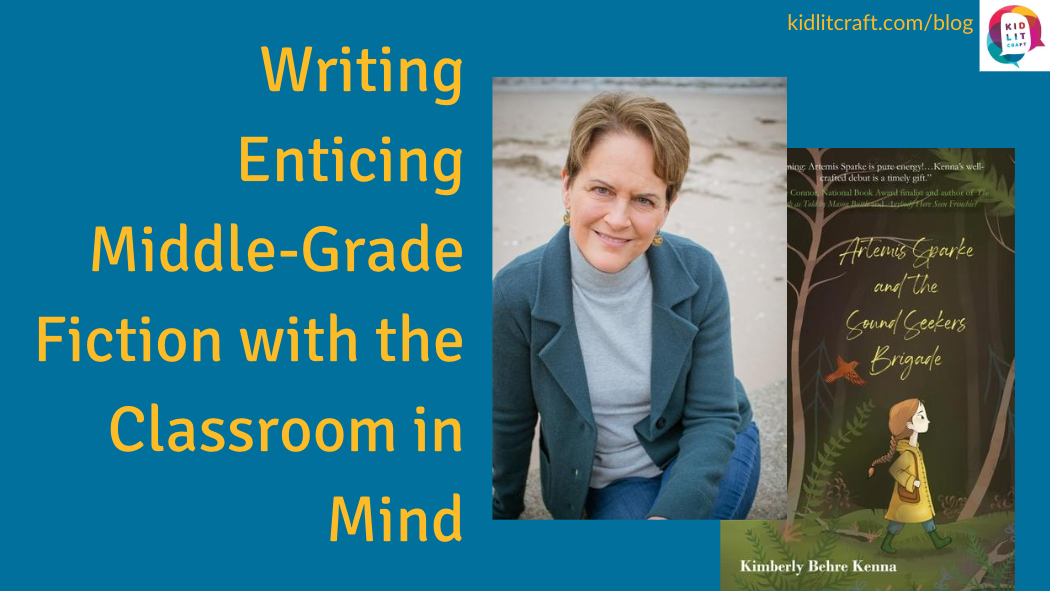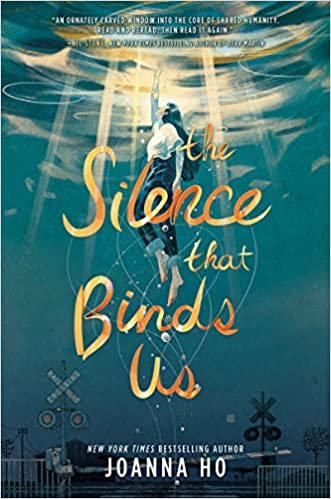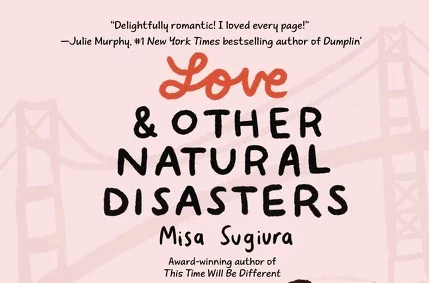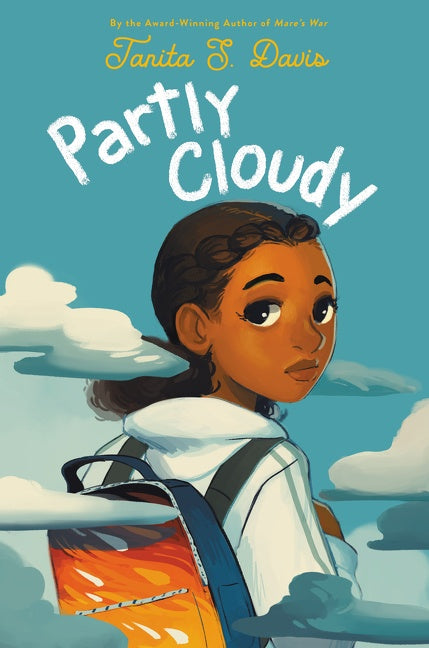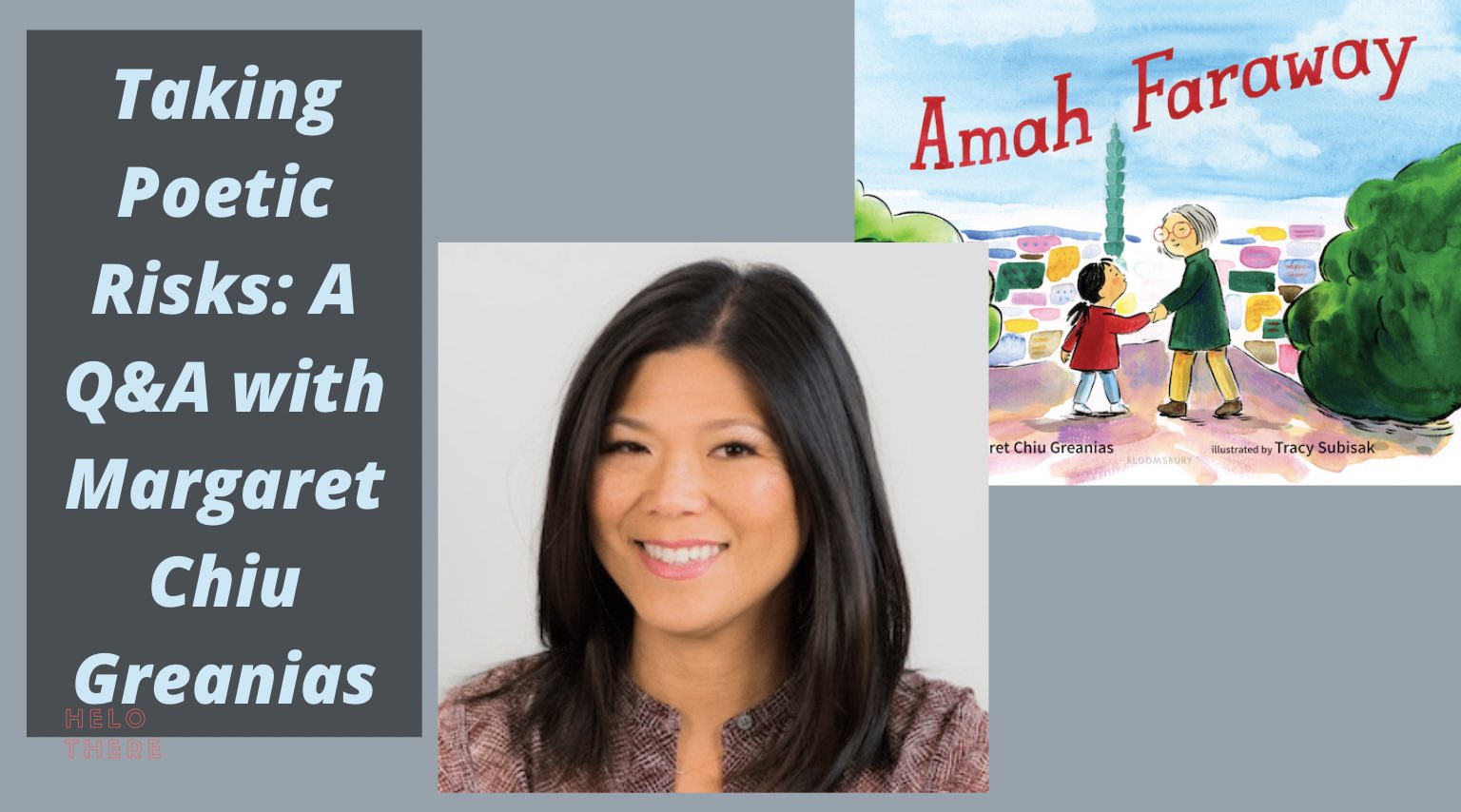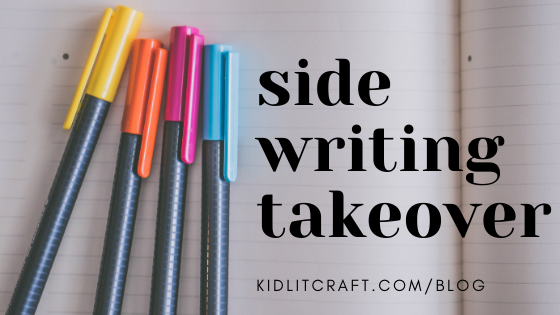hello!
JOIN US IN EXPLORING OTHERS' CRAFT AND BUILDING OUR OWN
“My books are all an extension of the activism and community organizing in my life. My teaching was also a reflection of that. I take on political/social realities that I would like to see in the world.” –Carrie Firestone
interview by Erin Nuttall The thing I love most about Martha Brockenbrough’s writing is that she is unafraid. Yes, she’s imaginative, funny, thoughtful, and precise which all make her stories a joy to read, but to write bravely is a skill that few have and put Martha’s work on another plane. She slides easily between […]
Patterns can help shape a story, from the big-picture themes to the moment-by-moment actions. Giving kids the opportunity to “read” the patterns gives them practice in making meaning. And it gives them satisfaction in reading as well.
“I focused on just his family members because I realized that I wanted to weave together themes of food and family, in particular the father-and-son relationship. Food has always been a very important part of my family, both when I was growing up and now that I have my own family. My mom liked to cook and it was her way of showing her love for us. Similarly, I like to cook my husband’s or son’s favorite dishes and/or add in favorite ingredients here and there, just because I want to show them I “see” them and I love them.”
For me, story comes first, unbounded by requirements that might inhibit my creative process. I write my first draft, and in revision I assess if it has possible classroom connections.
The more specific a story, the more universal it becomes. This is one of the most enduring bits of writing advice I have ever received. When we can write to one particular story, experience, character with specific detail and nuance, it makes it real. It feels true. There are always spaces to find our shared humanity, and this is only possible when we come to understand the richness around us.
“I create my characters’ flaws, misconceptions, and spiritual wounds around a theme or a question that interests me, and then I give them a personal conflict that directly challenges those flaws, misconceptions, and wounds. After that, it’s a matter of developing broader challenges, events, relationships, and conflicts that can revolve around the same theme.” ~ Misa Sugiura
Fortunately, weather is something people of all ages intuitively understand when it comes to a metaphor for someone’s emotional state. Sunshine is happy, rain is sad, and stormy weather is, well, stormy. Readers easily connect the dots between weather and emotions. That makes it a great extended metaphor for a middle grade novel.
Since I began writing picture books, I’ve longed to tell the story of my relationship with my Amah (grandmother, in Taiwanese). Even though we saw each other infrequently, I adored her. But like Kylie, my main character in Amah Faraway, I always felt a bit shy at the start of our visits–due to my own cautious nature, the distance, language barrier, and cultural differences.
The authors and contributors we interviewed had so many wonderful sidewriting challenges, we thought we’d put them all in one place. Each exercise will have a link back to the original post so you can learn more about the author and how sidewriting works for them. Enjoy!
